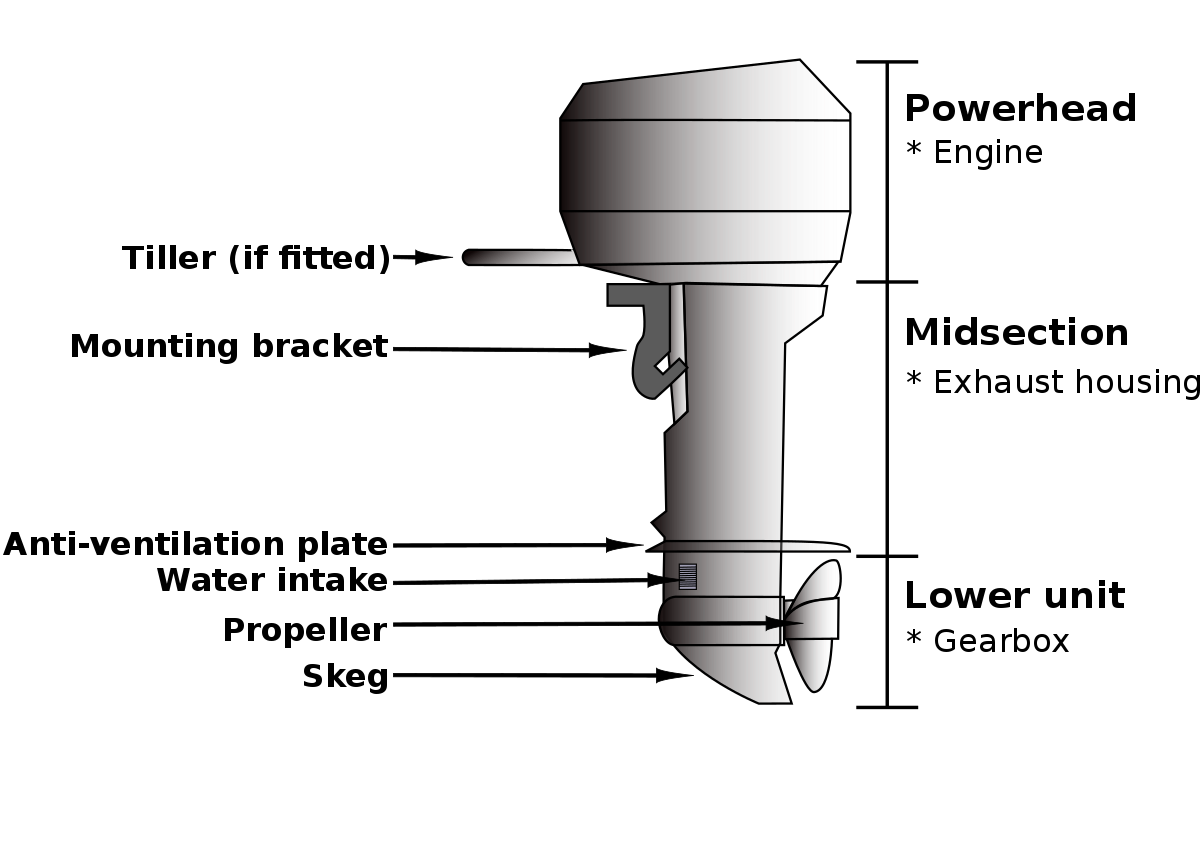Outboard engines, the powerhouse of any boat, require regular maintenance to ensure they run smoothly. Whether you're a seasoned sailor or a boating beginner, understanding the basics of outboard engine maintenance can save you time, money, and unexpected trouble. Here is a comprehensive, step-by-step guide to maintaining your boat's outboard engine.

Engine Cleaning: Regularly cleaning your engine helps prevent corrosion and prolongs the engine's lifespan. Use a mild detergent and warm water to clean the engine's exterior. Rinse with freshwater and dry thoroughly to prevent rusting.
Lubrication Points: Lubricate key points to ensure smooth operation and prevent rusting. Key areas include the pivot points on the throttle and gear shift linkages, as well as the propeller shaft.
Spark Plug Replacement: Spark plugs ignite the fuel in the engine and should be replaced annually, or according to the manufacturer's guidelines.
Fuel System Maintenance: Check the fuel lines for any cracks or leaks, which could lead to engine failure. Ensure your fuel filter is clean to prevent clogging. A clogged fuel filter can cause your engine to run roughly or stall.
Cooling System Flush: Flush the cooling system after every use to remove salt, dirt, or sand that may have entered the system. Regularly inspect the water pump impeller and housing for any damage.
Propeller Inspection: Examine the propeller for any signs of damage such as dents or nicks, as these can impact the engine's performance. Also, ensure the propeller is securely attached to the shaft.
Gearcase Oil Change: Change the gearcase oil at least once a year. Old oil may contain metal shavings, which could cause gear damage.
Battery Maintenance: Regularly check the battery's charge and clean the terminals. A weak battery can prevent your engine from starting.
Ignition System Check: Ensure that the ignition system is working correctly. Poor ignition can result in reduced engine performance or failure to start.
Throttle and Gear Shift Adjustment: Ensure that the throttle and gear shift are working smoothly. Any stiffness can lead to operational issues.
Anode Replacement: Your outboard engine contains sacrificial anodes that protect it from corrosive damage. Over time, these can wear down and should be replaced to prevent corrosion.
Steering System Inspection: Ensure the steering system operates smoothly and doesn't bind or stick, which could lead to control issues.
Powerhead Inspection: Examine the powerhead for any leaks or damage. Regular inspections can help detect and address issues early.
Electrical Connections: Inspect all electrical connections for signs of corrosion or wear. Loose or corroded connections can cause erratic engine performance or failure.
Corrosion Prevention: Use anti-corrosion sprays on all metal parts of the engine, especially after use in saltwater.
Winterization Process: If you won't be using your boat for an extended period, such as during the winter months, make sure to prepare it properly. This includes fogging the engine, adding fuel stabiliser, and storing it in a safe place.
Carburetor Cleaning: A dirty carburetor can cause your engine to run poorly or not start at all. Regular cleaning helps ensure optimal performance.
Fuel Filter Replacement: Replace the fuel filter regularly to ensure that only clean fuel is reaching your engine.